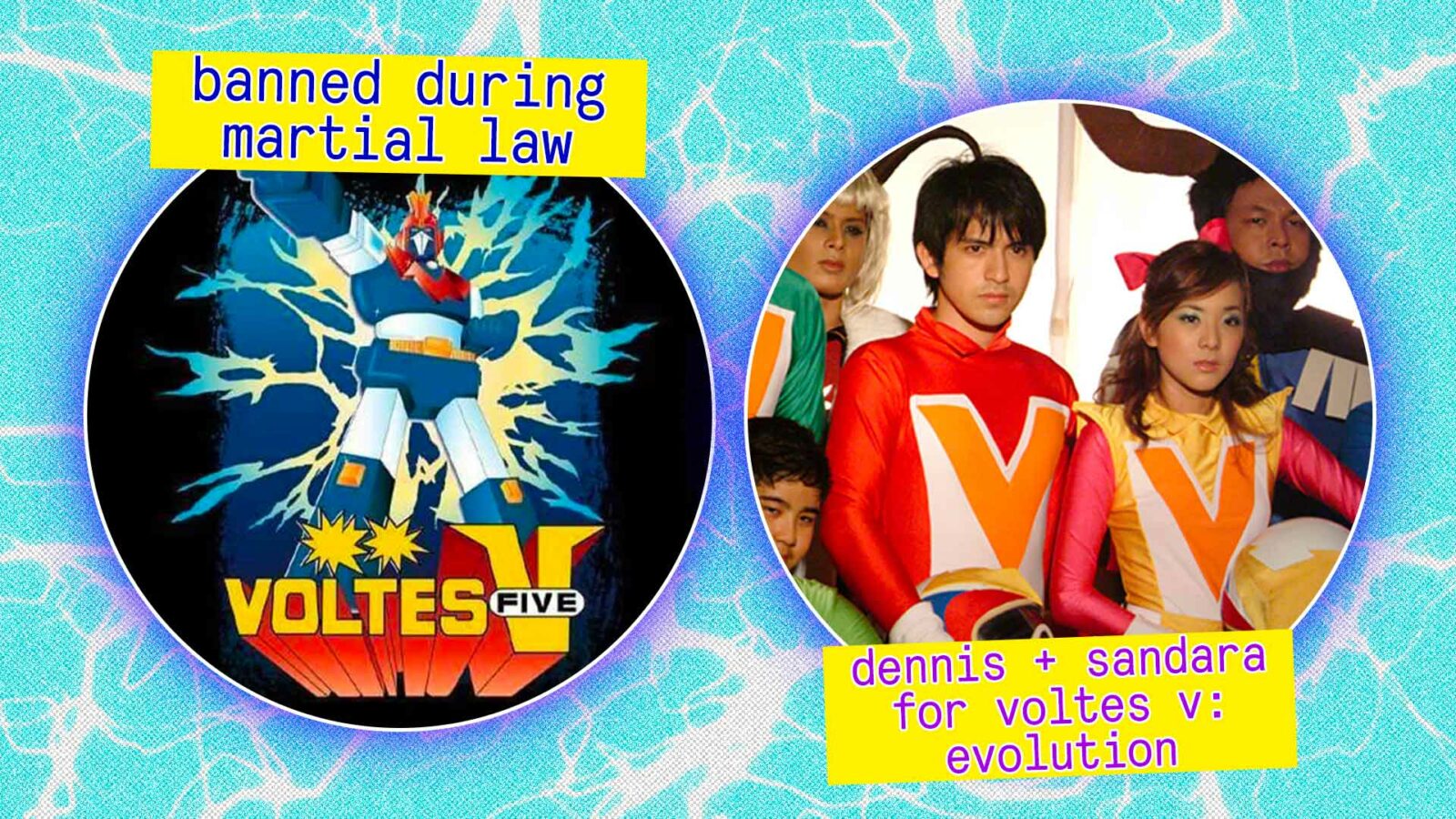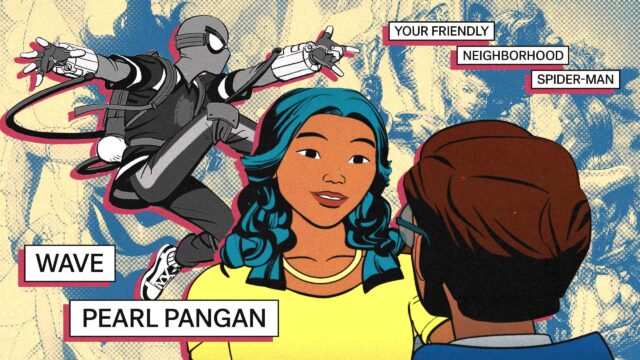Did you know that a Voltes V weapon inspired The Eraserheads music? Or that Voltes V somehow played a part in toppling a dictatorship?
Related: How The Cast Of Voltes V: Legacy Built An Adaptation Worthy Of The Storied Anime
There’s no questioning how Voltes V has left an indelible mark on Filipino pop culture. In fact, ask any Filipino about the iconic mecha anime series and they might not just tell you the synopsis, the names of the characters, or Voltes V’s weapons–they will also sing the entire Voltes V theme song in Japanese for you. Or perhaps you’re a Pinoy Voltes V fan yourself too.
If so, you might think you already know everything about the legendary super robot. But what if we told you that there are some surprising and lesser-known facts that will deepen your appreciation of the show. From its tumultuous history during the Marcos regime to unexpected connections with Filipino music legends, the story of Voltes V is filled with surprises that will make you rekindle your love for the anime like never before.
VOLTES V INSPIRED THE ERASERHEADS’ ALBUM
If you’re an avid Voltes V fan, you are likely familiar with the extensive array of weapons wielded by the immensely powerful mecha. From the finger missiles and laser sword to the voltes bazooka and ultra electromagnetic wave, Voltes V’s arsenal has played a significant role in capturing our fascination with the super robot anime.

But did you know that one of Voltes V’s arms also served as inspiration for the legendary OPM band, The Eraserheads? Recall that weapon known as the ultra electromagnetic top, resembling a spinning top, which Voltes V launches from within its torso. Well, that very weapon became the inspiration behind The Eraserheads’ groundbreaking album, ultraelectromagneticpop! A clever pun on the Voltes V weapon, the 12-track album was released in July 1993 and catapulted the band into mainstream success, spawning national anthems like Ligaya, Toyang, and Pare Ko.
Voltes V’s 1979 ban
It is widely known that an innocent anime series like Voltes V faced the wrath of the authorities, resulting in its television ban. Little did they know that this very show would ignite a generation to fight back, just like the super electromagnetic robot.
During the late 70s, a few years after the imposition of Martial Law, the super robot anime captured the imagination of Filipino youth. Tagalog-dubbed shows like Mekanda Robot, Daimos, Mazinger Z, Grendizer, and Voltes V became a weekly obsession among the martial law babies. Voltes V proved to be the mightiest, captivating young audiences with its weekend and after-school schedule, LSS-inducing theme song, and electrifying plot.
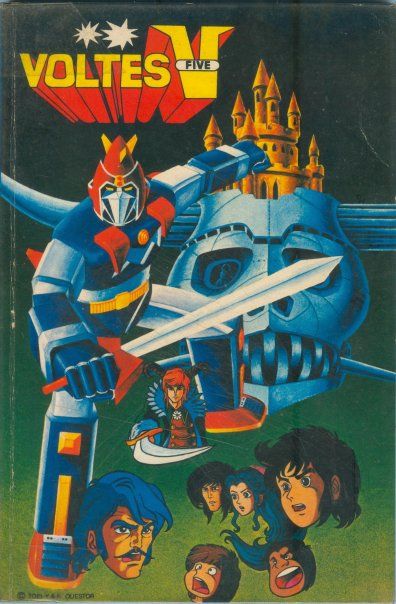
Premiering in 1978 on GMA Channel 7, Voltes V depicted a group of five pilots operating a giant robot to defend Earth against beast fighters sent by the fictional Boazanian Empire. Needless to say, Voltes V became an obsession among the youth back then right until the late president Ferdinand Marcos decided it should no longer be the case. On August 27, 1979, Marcos issued a ban on the mecha anime through the Interim Board of Censors for Motion Pictures (IBCMP) Memorandum-Circular No. 13-79, citing its “harmful effects” on children.
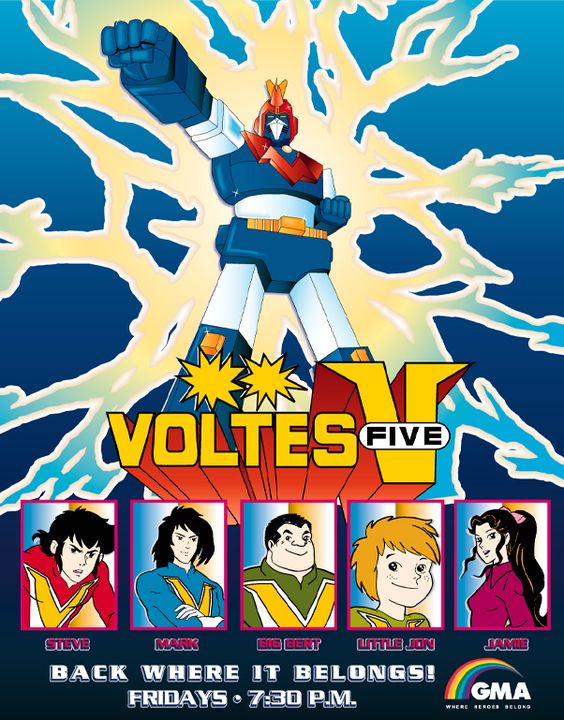
Speculation arose as to what led to this decision. Some believed that Voltes V‘s political undertones, particularly its anti-tyranny themes, provoked the ire of those in power. On the other hand, former anime dubber Celina S. Cristóbal, revealed in a 2012 exchange with historian Xiao Chua that the Catholic Women’s League, backed by “upper middle-class parents,” lobbied against Voltes V due to its violence.
President Bongbong Marcos supported this notion, stating in an interview that his father “acquiesced to the demands” primarily driven by parent groups. Additionally, Senator Imee Marcos acknowledged the greatness of Voltes V but claimed that “child psychologists and educators” cautioned against the show’s violence, which allegedly made children behave “robotic” and “mechanical,” thus justifying its ban. Perhaps the chain knuckles, bazookas, and the all-powerful laser sword were too much for them.

Nevertheless, it can be said that Voltes V played a role in the toppling of the regime in 1986. Filipino multimedia visual artist Toym Imao shared in an interview how the cancellation of Voltes V awakened his 11-year-old self to the realities of the regime. It is reasonable to believe that the same is the case for the martial law babies who had come of age and gained more awareness about the dictatorship in the years leading up to the People Power Revolution. Some of them might have even been present with their parents in the protests, bringing with them the angst and defiant spirit after being denied of their beloved anime.
Twenty years after its ban, the so-called Voltes V generation, perhaps along with their own children, witnessed the triumphant return of the iconic mecha series. The last four episodes were released as a movie aptly titled Voltes V: Liberation in 1999, allowing fans to finally experience the conclusion they had been waiting for. The show’s resurgence shows how deeply embedded Voltes V is in the Filipino consciousness and today, with Voltes V: Legacy on our TV screens now, it remains a permanent fixture in Filipino pop culture, proving that its impact transcends generations.
THERE’S A FILIPINO SPOOF MOVIE BASED ON VOLTES V
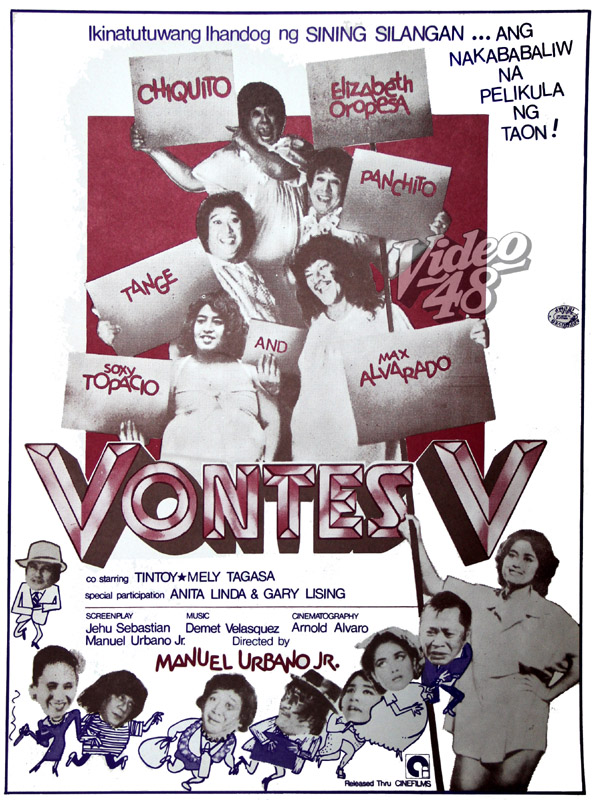
Yes, there’s a Filipino Voltes V spoof movie. It’s called Vontes V and it was released in 1979. Directed by Manuel Urbano Jr., Vontes V boasts of a star-studded cast that includes Elizabeth Oropesa, Chiquito, Panchito, Soxy Topacio, Max Alvarado, and Anita Linda. While details about the movie’s plot are scarce, the intriguing poster with its slogan “Ang Nakakabaliw na Pelikula ng Taon” and the presence of seemingly pregnant characters suggest that Vontes V promises a wild and crazy ride.
THAT VOLTES V REFERENCE IN PAROKYA NI EDGAR’S ‘BAGSAKAN’
There’s truly nothing quite like that nostalgic rush of excitement that comes from passionately shouting, “Let’s volt in!” And it seems that even Parokya ni Edgar understood this sentiment well. In their Pinoy anthem Bagsakan, which features the late king of Filipino rap Francis Magalona and rap legend Gloc-9, they cleverly incorporated the iconic phrase from Voltes V. To fully appreciate the song and uncover that special verse, we’ll leave it up to you to revisit and rediscover it yourself.
JULIE ANNE SAN JOSE
It’s an undeniable fact that every Filipino has etched the original Voltes V theme song, Voltes V no Uta, deep into their memory. Even if they may not fully comprehend the Japanese lyrics, they can belt it out with unparalleled enthusiasm. But with the arrival of Voltes V: Legacy, GMA’s highly anticipated live-action adaptation of the beloved mecha series, a new milestone has been achieved, courtesy of singer-actress and Asia’s Limitless Star, Julie Anne San Jose.
She became the first Filipino singer to lend her voice to the Voltes V theme song, originally performed by Japanese singer and voice actor Mitsuko Horie. Julie Anne’s rendition has truly breathed new life into the cherished melody, capturing the hearts of hundreds of thousands of fans worldwide and transporting them in a whirlwind of nostalgia and admiration for her remarkable vocal prowess.
DENNIS TRILLO AND SANDARA PARK IN VOLTES V: EVOLUTION
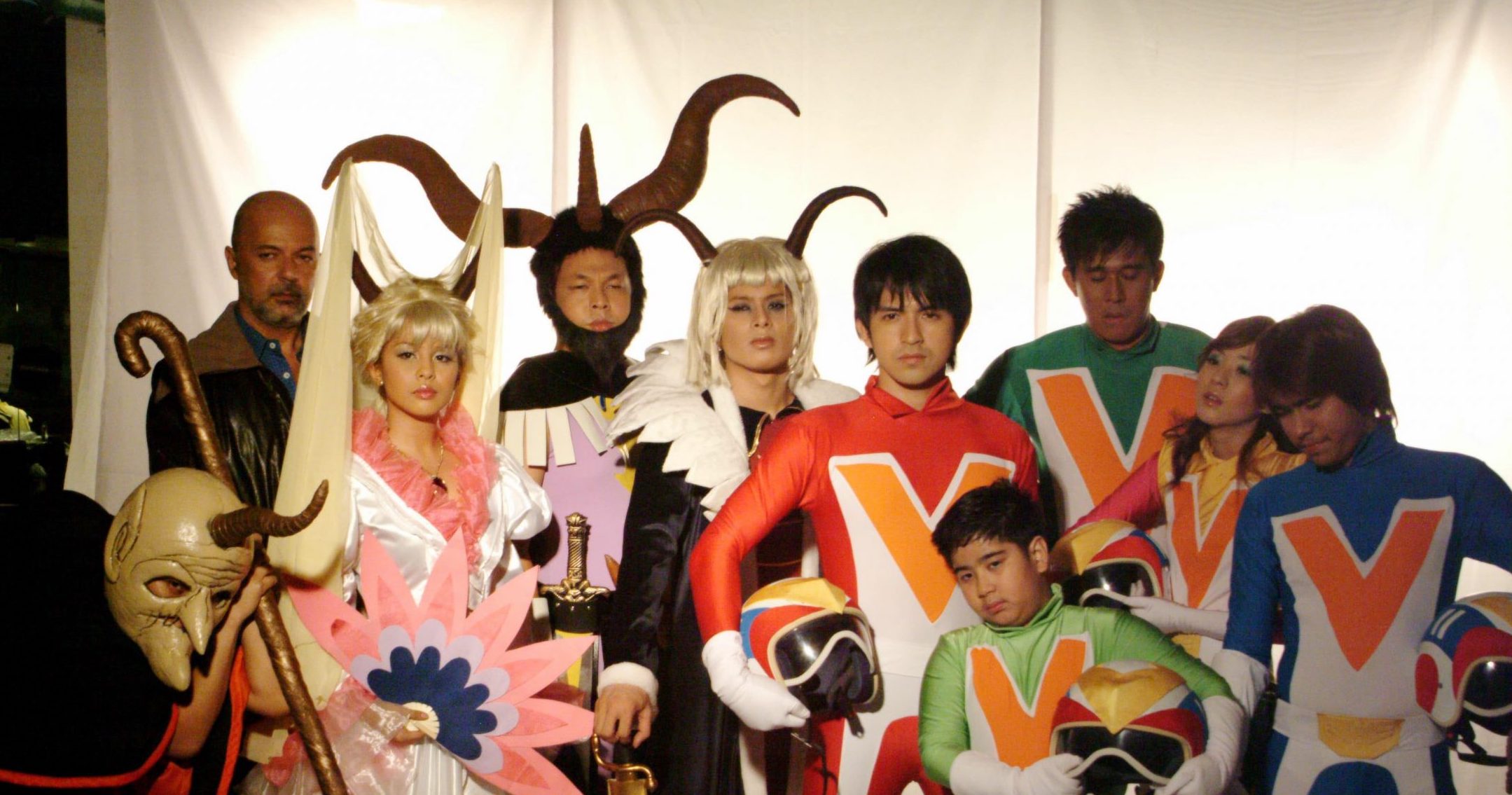
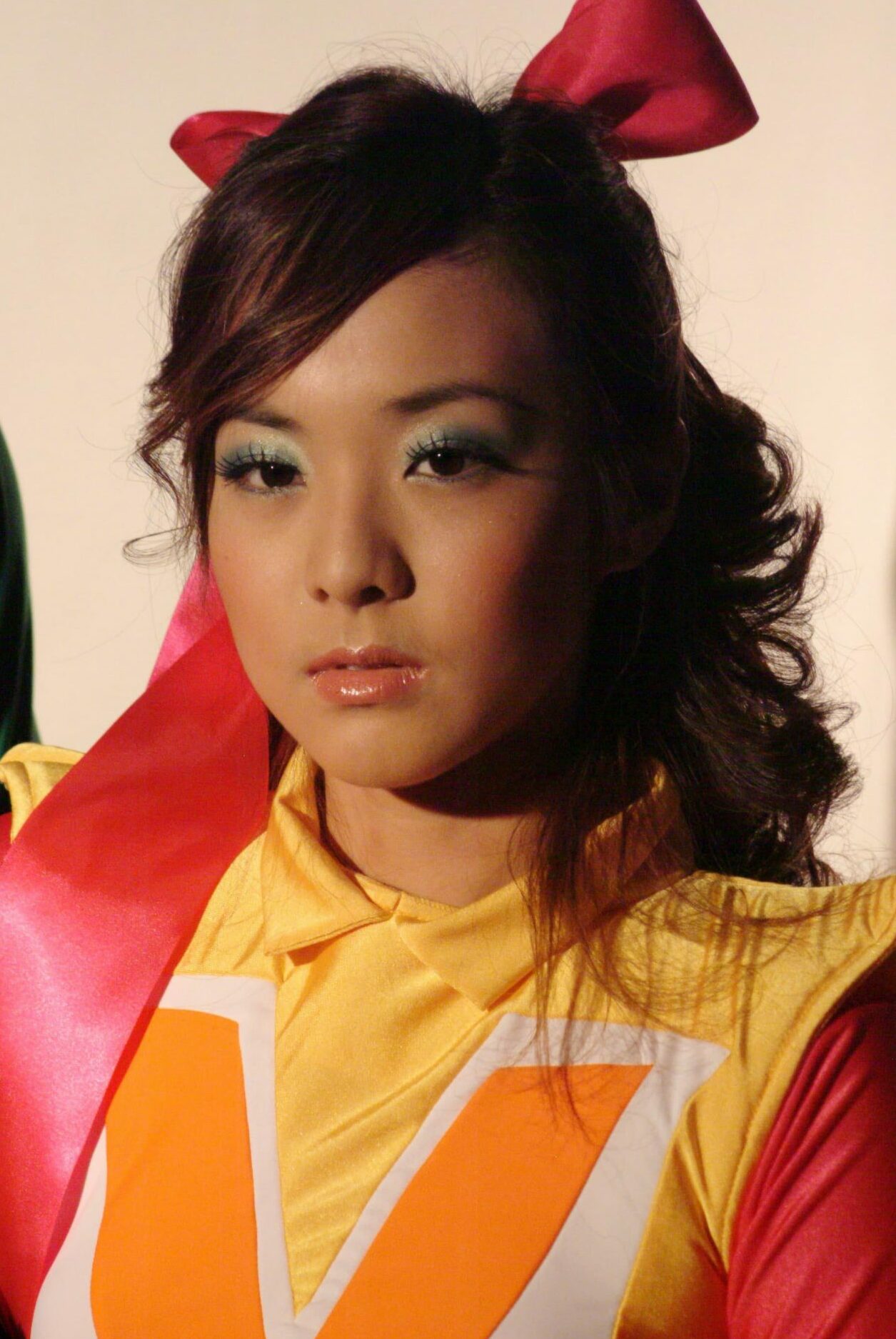
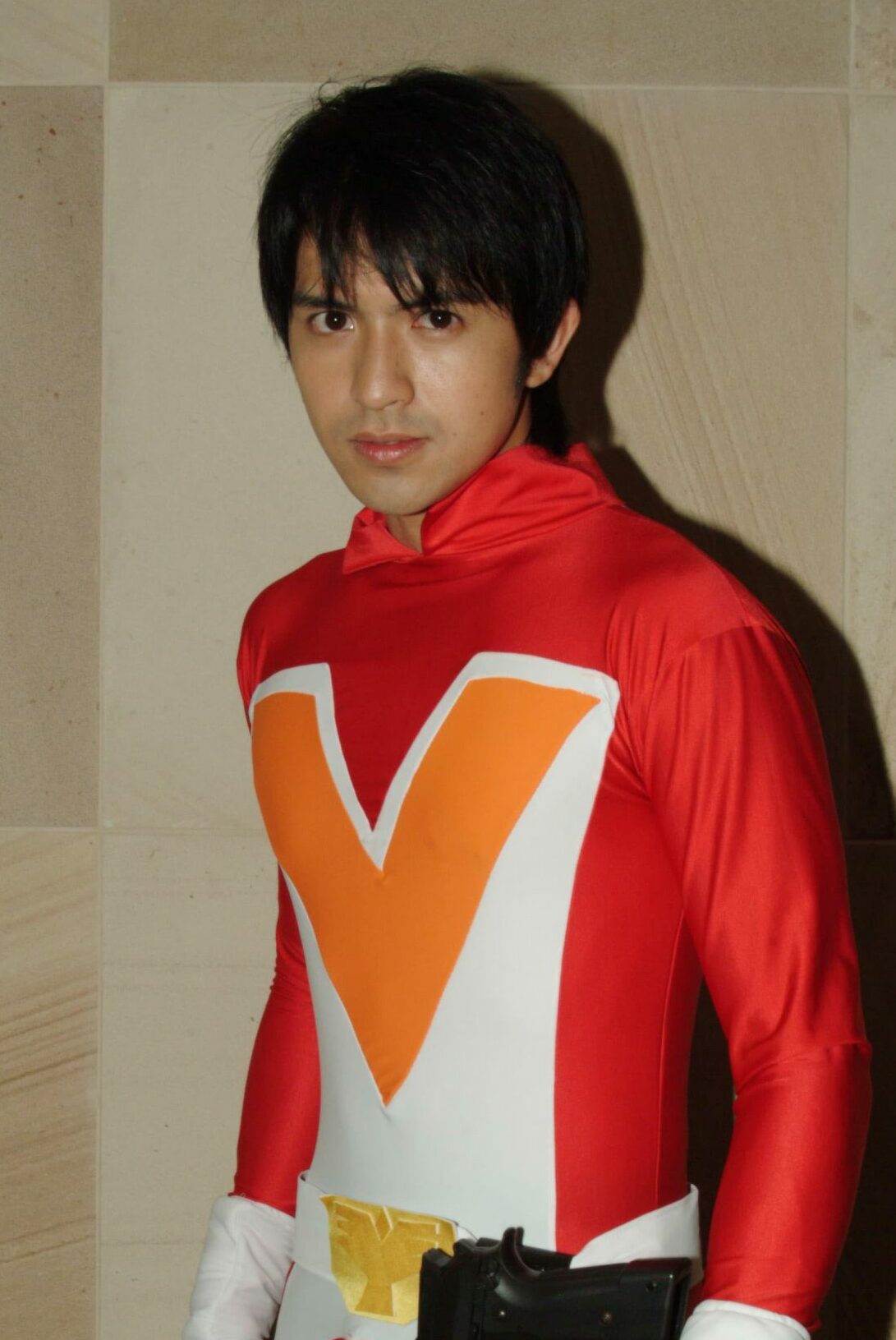
Before Dennis Trillo became Ned Armstrong in Voltes V: Legacy, he was first the voice actor of Voltes V leader Steve Armstrong in Voltes V: Evolution, a re-launch of the series in 2005 by ABS-CBN’s cable anime channel Hero TV. Dennis was joined by Star Circle Quest alum and K-pop superstar Sandara Park, who voiced Jamie Robinson. Other cast members include Michael de Mesa (Dr. Hook), Jett Pangan (Draco), Bob de la Cruz (Big Bert Armstrong), Igiboy Flores (Little John Armstrong), Ricci Chan (Zuhl), Joseph Bitangcol (Prince Zardoz), Blair Arellano (Mark Gordon) and Nikki Valdez (Princess Zandra).
the first and only live-action adaptation of Voltes V
Prepare to relive your childhood fantasies as GMA Network proudly presents the highly-anticipated live-action adaptation of the beloved mecha series, Voltes V: Legacy. This groundbreaking production marks the first and only live-action rendition of the iconic mecha anime, and it stands as a testament to GMA’s commitment to bringing epic storytelling to the small screen. The journey to bring Voltes V: Legacy to life has been a labor of love, spanning almost a decade and is GMA’s most ambitious and costly project to date.
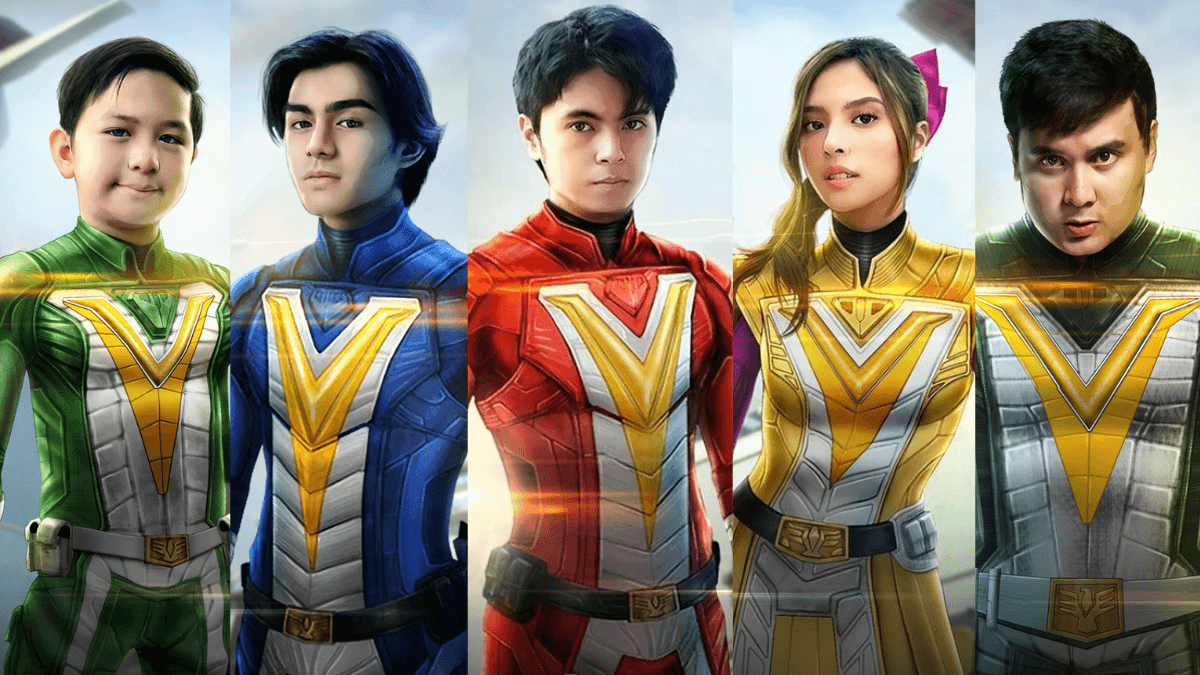
Bringing the iconic characters to life are Miguel Tanfelix as Steve, Matt Lozano as Big Bert, Raphael Landicho as Little Jon, Ysabel Ortega as Jamie Robinson, and Radson Flores as Mark Gordon. These talented actors, who also grace the covers of NYLON Manila this month, form the heroic five-piece team that are set to bring action, feels, and will make us scream “Let’s volt in!” in unison once more. Under the direction of Mark Reyes and with a screenplay and visual effects crafted by local creatives, Voltes V: Legacy is an entirely Filipino production, proudly showcasing the talent and creativity of our homegrown industry.
And after a long wait, Voltes V: Legacy has now taken flight, captivating Filipino audiences across the nation as it unfolds its epic tale of bravery, sacrifice, and the enduring power of unity. This momentous series is not only a celebration of our collective childhood memories but also a testament to the enduring power of Filipino storytelling. So tune in to this historic event and immerse yourself in the exhilarating world of Voltes V: Legacy, where the spirit of adventure and heroism reigns supreme once again.
Grab your copy of the NYLON Manila fanzine featuring the cast of Voltes V: Legacy now at shop.nylonmanila.com.
Continue Reading: 5 Things Voltes V: Legacy Has Been Doing Right So Far
